If it’s the dry season and your house has just been damaged by a fire, or if you just had a water leak and you’ll have to have an emergency water extraction, you can rest easy knowing that your homeowners insurance will cover the cost of repairs. Unfortunately, dealing with the insurance company is usually not easy; there are many components to filing an insurance claim and getting the most out of it that many people find the process overwhelming. However, take a look at these 3 things you should know when dealing with your insurance company, and you can once again feel like you’re in control.
1. Know who you will be dealing with.
When it comes to insurance companies, you will be speaking directly with an insurance agent; this is the person that sells you the insurance policy, and the one that you’ll most likely talk with to file a claim. However, other than the agent, you’ll also have to speak to the insurance adjuster; this is the person that actually interprets the policy and investigates in order to adjust losses. Because insurance agents do not do the work of adjusters (namely, they do not adjust your losses), you should direct specific questions to your insurance adjuster.
2. Know the different types of insurance policies.
It is important to know the difference between policies that involve the Actual Cash Value (ACV) and the Replacement Cost (RCV). When your home sustains damage, the insurance company will calculate the replacement cost of the damaged areas (or, in other words, the total cost to replace all of the damaged items and parts of the property). Then, the insurance company subtracts the depreciation (the amount that the value has gone down due to aging or loss of usefulness) to arrive at the Actual Cash Value (ACV) policy. If, in repairing your home, you pay over the ACV, you can receive compensation up to the RCV if you provide proof such as contractor’s receipts.
3. Know the four divisions of an insurance policy.
In calculating your compensation, the insurance company will break up your damaged property into four categories: structure (the actual building), personal property (everything that was in the house that is not actually attached to the structure), other living expenses (which are costs incurred by the insured person while they are unable to live in their home), and other structures (such as outbuildings and sheds). Know what parts of your home were damaged and expect the insurance company to ask about each of these four divisions.

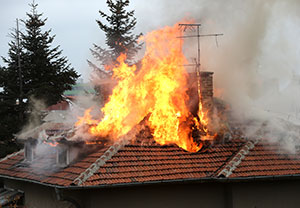
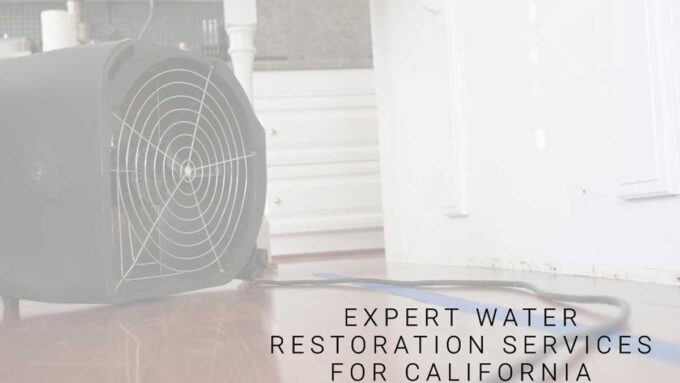
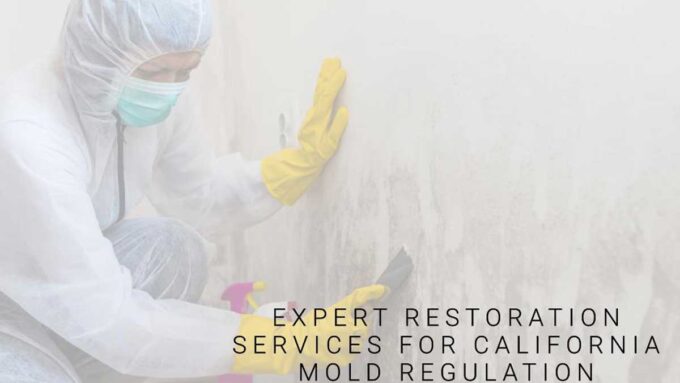

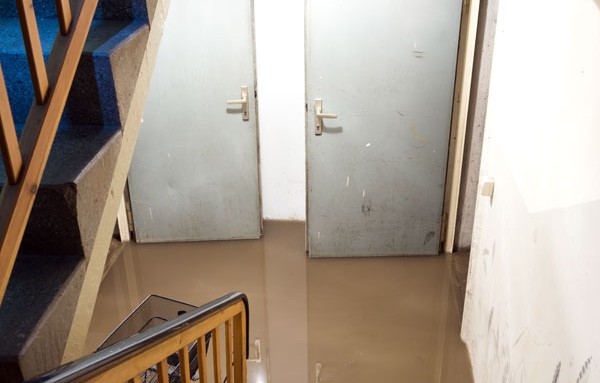
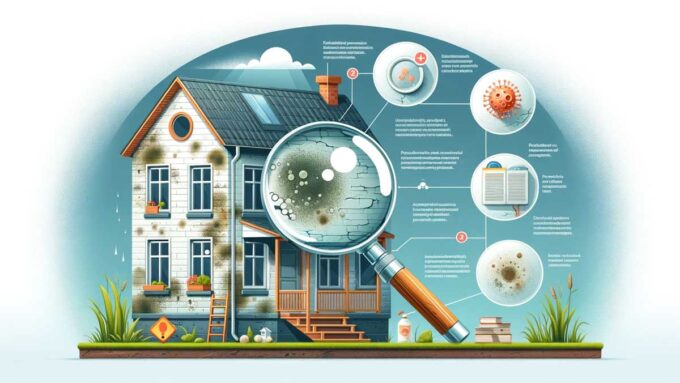
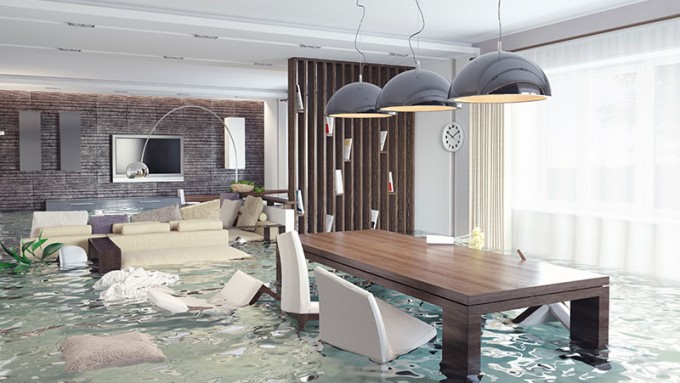


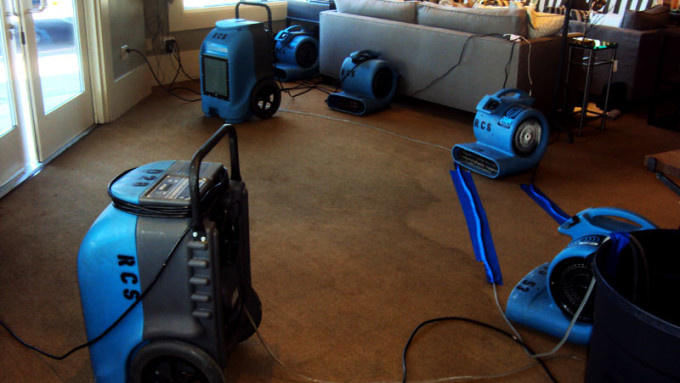

Oh, the stories I could tell you about insurance companies!!